“I shall here tell you what Rosie Crucians are, and that Moses was their Father, and he was Θεοῦ παῖς; some say they were of the order of Elias, some say the Disciples of Ezekiel; * * * For it should seem Rosie Crucians were not only initiated into the Mosaical Theory, but have arrived also to the power of working miracles, as Moses, Elias, Ezekiel, and the succeeding Prophets did, as being transported where they please, as Habakkuk was from Jewry to Babylon, or as Philip, after he had baptized the Eunuch to Azorus, and one of these went from me to a friend of mine in Devonshire, and came and brought me an answer to London the some day, which is four days journey; they caught me excellent predictions of Astrology and Earthquakes; they slack the Plague in Cities; they silence the violent Winds and Tempests; they calm the rage of the Sea and Rivers; they walk in the Air, they frustrate the malicious aspects of Witches; they cure all Diseases.”
The writings of John Heydon are considered a most important contribution to Rosicrucian literature. John Heydon was probably related to Sir Christopher Heydon, “a Seraphically Illuminated Rosie Crucian, ” whom the late F. Leigh Gardner, Hon. Secretary Sec. Ros. in Anglia, believes to have been the source of his Rosicrucian knowledge. In his Bibliotheca Rosicruciana he makes the following statement concerning John Heydon: “On the whole, from the internal evidence of his writings, he appears to have gone through the lower grade of the R. C. Order and to have given out much of this to the world.” John Heydon traveled extensively, visiting Arabia, Egypt, Persia, and various parts of Europe, as related in a biographical introduction to his work, The Wise-Mans Crown, Set with Angels, Planets, Metals, etc., or The Glory of the Rosie Cross–a work declared by him to be a translation into English of the mysterious book M brought from Arabia by Christian Rosencreutz.
Thomas Vaughan (Eugenius Philalethes), another champion of the Order, corroborates the statement of John Heydon concerning the ability of the Rosicrucian initiates to make themselves invisible at will: “The Fraternity of R.C. can move in this white mist. ‘Whosoever would communicate with us must be able to see in this light, or us he will never see unless by our own will.'”
The Fraternity of R.C. is an august and sovereign body, arbitrarily manipulating the symbols of alchemy, Qabbalism, astrology, and magic to the attainment of its own peculiar purposes, but entirely independent of the cults whose terminology it employs. The three major objects of the Fraternity are:
1. The abolition of all monarchical forms of government and the substitution therefor of the rulership of the philosophic elect. The present democracies are the direct outgrowth of Rosicrucian efforts to liberate the maws from the domination of despotism. In the early part of the eighteenth century the Rosicrucians turned their attention to the new American Colonies, then forming the nucleus of a great nation in the New World. The American War of Independence represents their first great political experiment and resulted in the establishment of a national government founded upon the fundamental principles of divine and natural law. As an imperishable reminder of their
THE ALCHEMICAL ANDROGYNE
From the Turbæ Philosophorum. The Turbæ Philosophorum is one of the earliest known documents on alchemy in the Latin tongue. Its exact origin is unknown. It is sometimes referred to as The Third Pythagorical Synod. As its name implies, it is an assembly of the sages and sets forth the alchemical viewpoints of many of the early Greek philosophers. The symbol reproduced above is from a rare edition of the Turbæ Philosophorum published in Germany in 1750, and represents by a hermaphroditic figure the accomplishment of the magnum opus. The active and passive principles of Nature were often depicted by male and female figures, and when these two principle, were harmoniously conjoined in any one nature or body it was customary to symbolize this state of perfect equilibrium by the composite figure above shown.
A ROSICRUCIAN TITLE PAGE.
From Maier’s Viatorium. Count Michael Maier, physician to Rudolph II., was an outstanding figure in the Rosicrucian controversy. There is little doubt that he was an initiated member of the Rosicrucian Fraternity, empowered by the Order to promulgate its secrets among the philosophic elect of Europe. The above title page shows the seven planets represented by appropriate figures. Behind the central figure in each case is a smaller emblem, signifying the zodiacal sign in which the planet is enthroned. In the arch over the title itself is a portrait of the learned Maier. The volume of which this is the title page is devoted to an analysis of the nature and effect of the seven planets, and is couched in alchemical terminology throughout. Michael Maier concealed his knowledge so cunningly that it is exceedingly difficult to tract from his writings the secrets which he possessed. He was profuse in his use of emblems and the greater part of his philosophical lore is concealed in the engravings which illustrate his books.

Moe is the founder of GnosticWarrior.com. He is a father, husband, author, martial arts black belt, and an expert in Gnosticism, the occult, and esotericism.


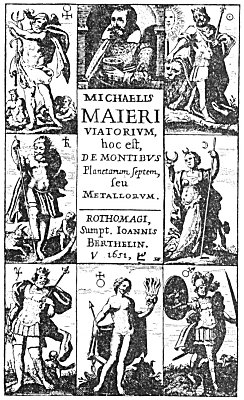
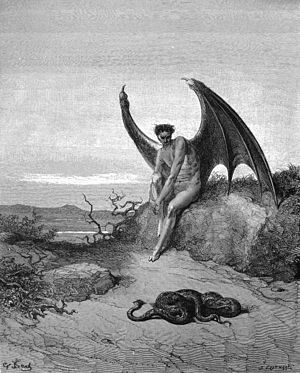

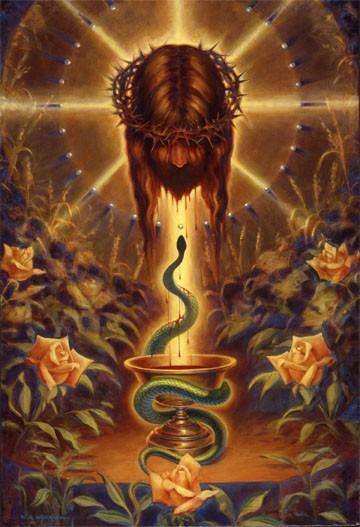

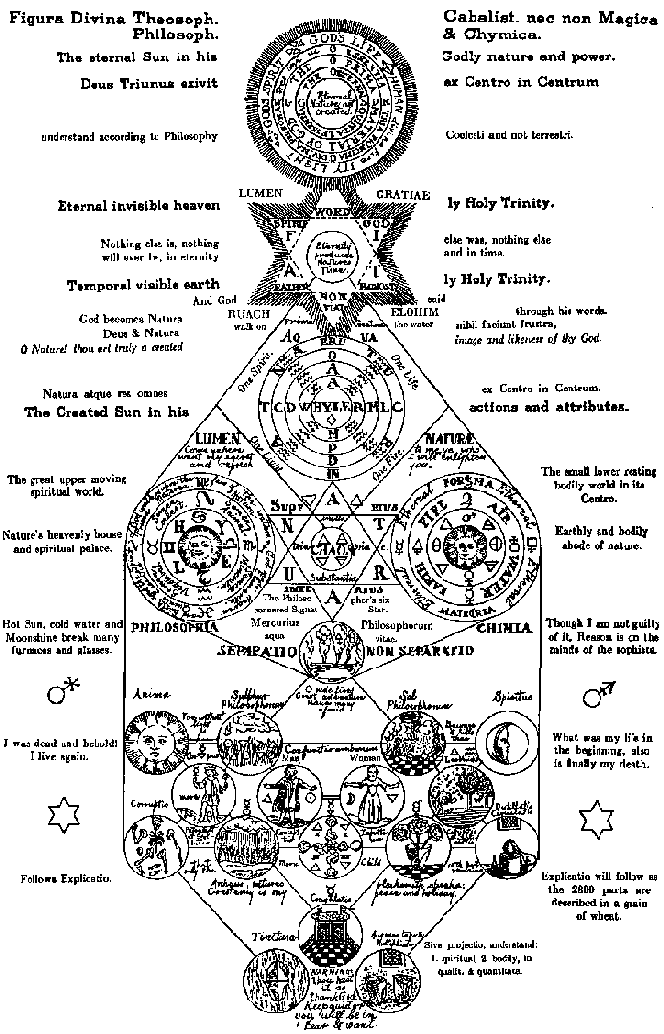
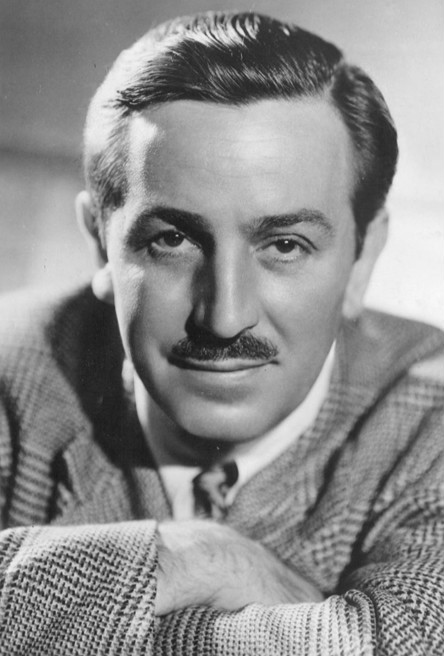
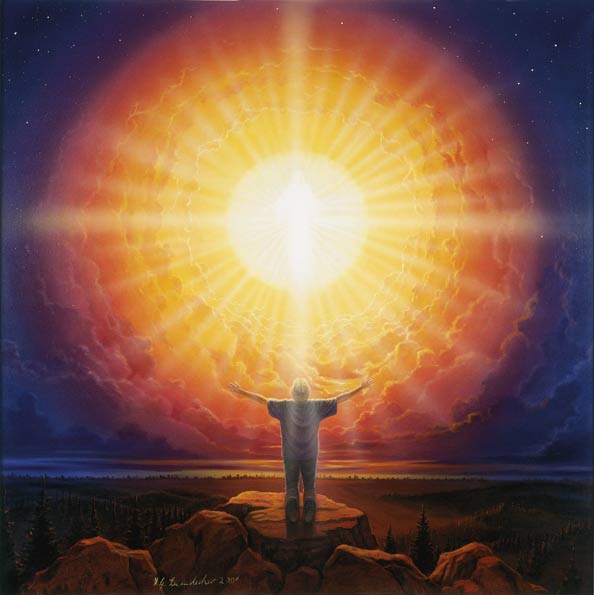
![How the South Saxons received Eadbert and Eolla, and the West Saxons, Daniel and Aldhelm, for their bishops; and of the writings of the same Aldhelm [705 A.D.] | Book 5 | Chapter 17 How the South Saxons received Eadbert and Eolla, and the West Saxons, Daniel and Aldhelm, for their bishops; and of the writings of the same Aldhelm [705 A.D.] | Book 5 | Chapter 17](https://www.gnosticwarrior.com/wp-content/plugins/contextual-related-posts/default.png)